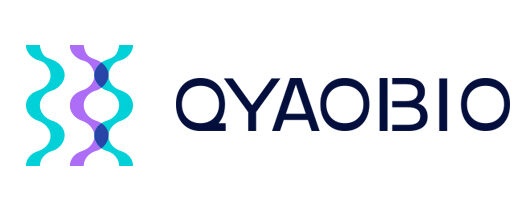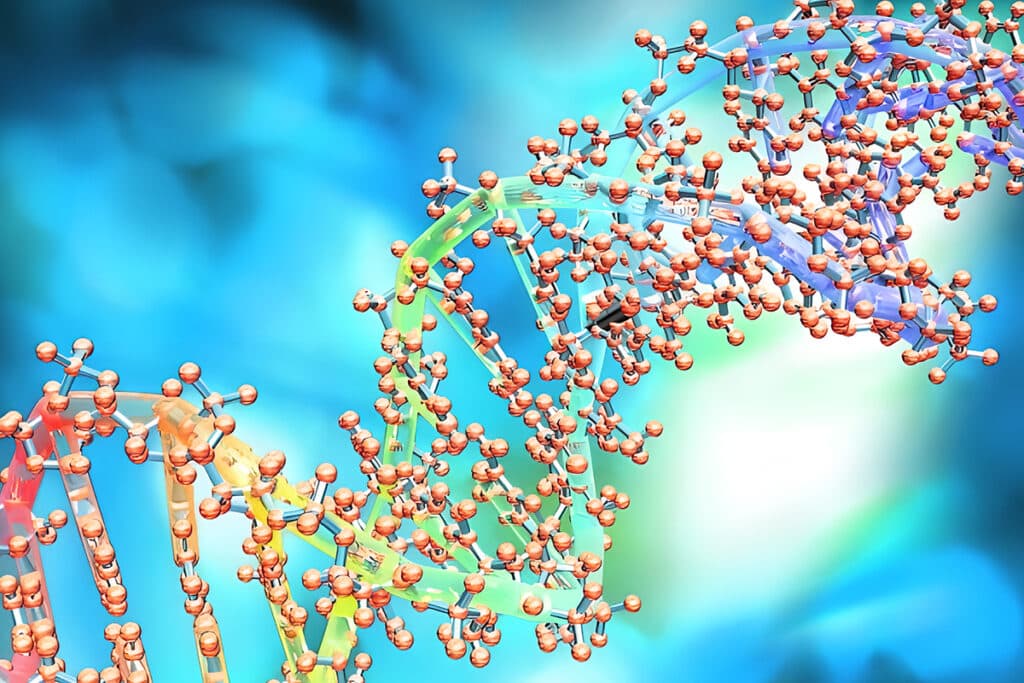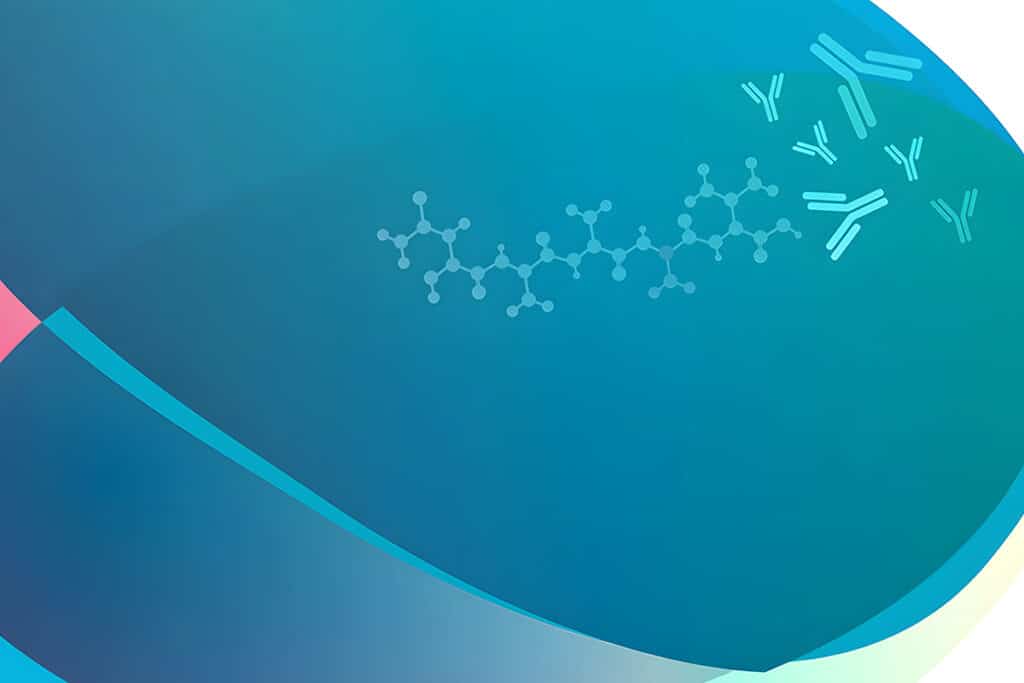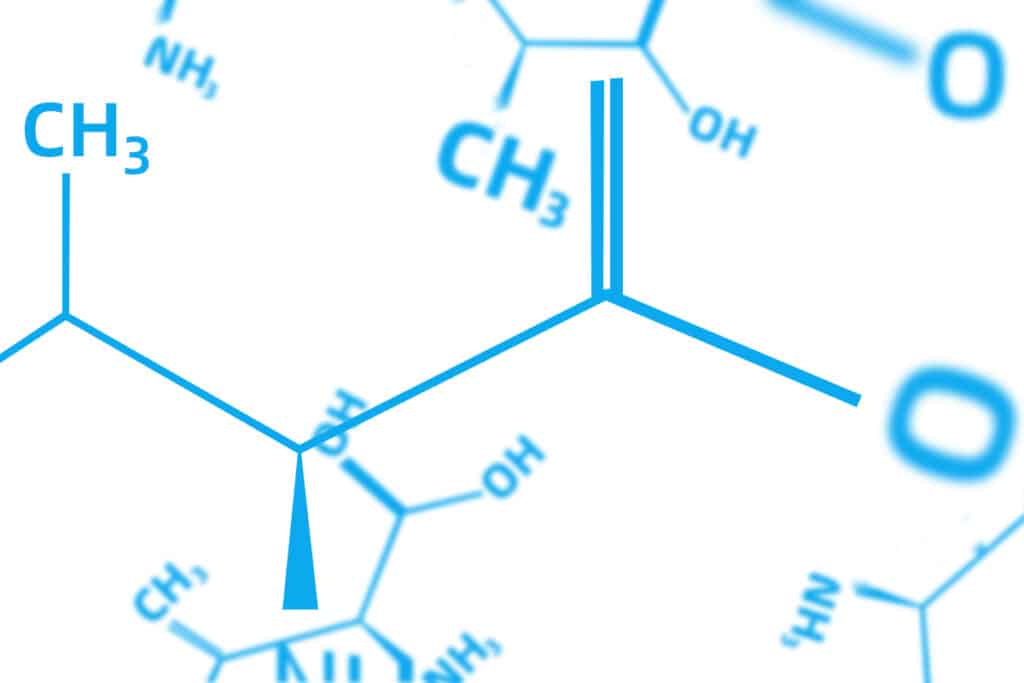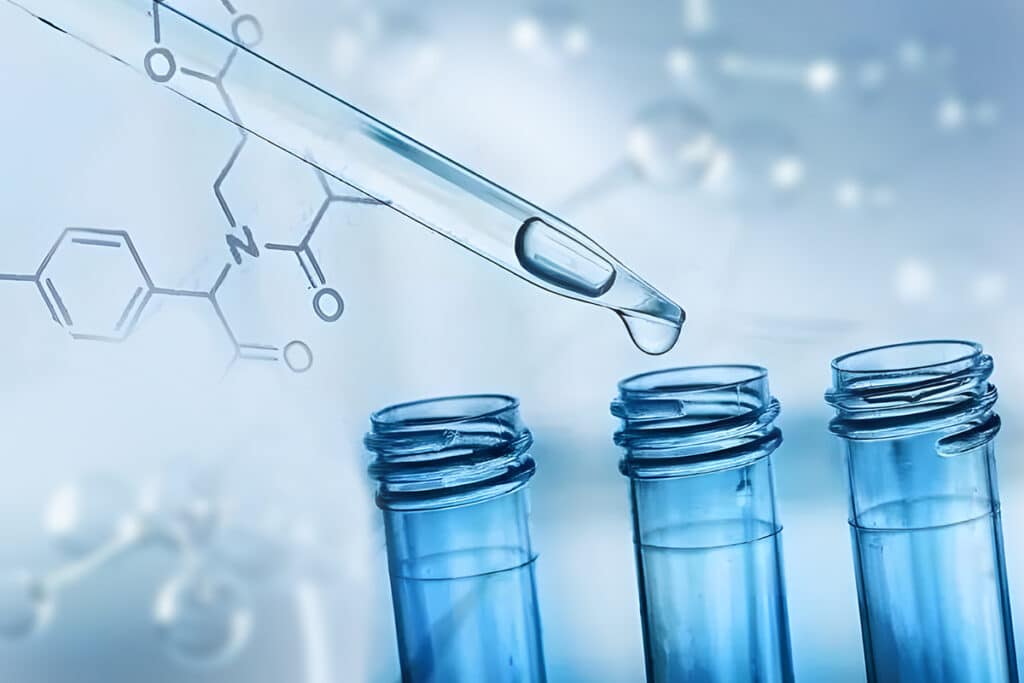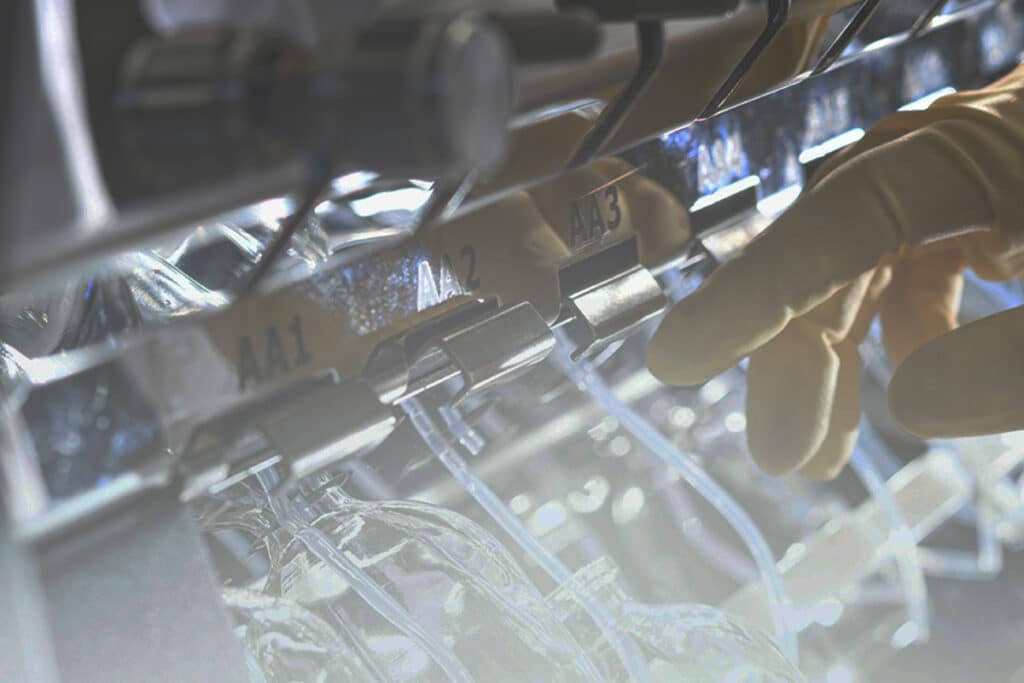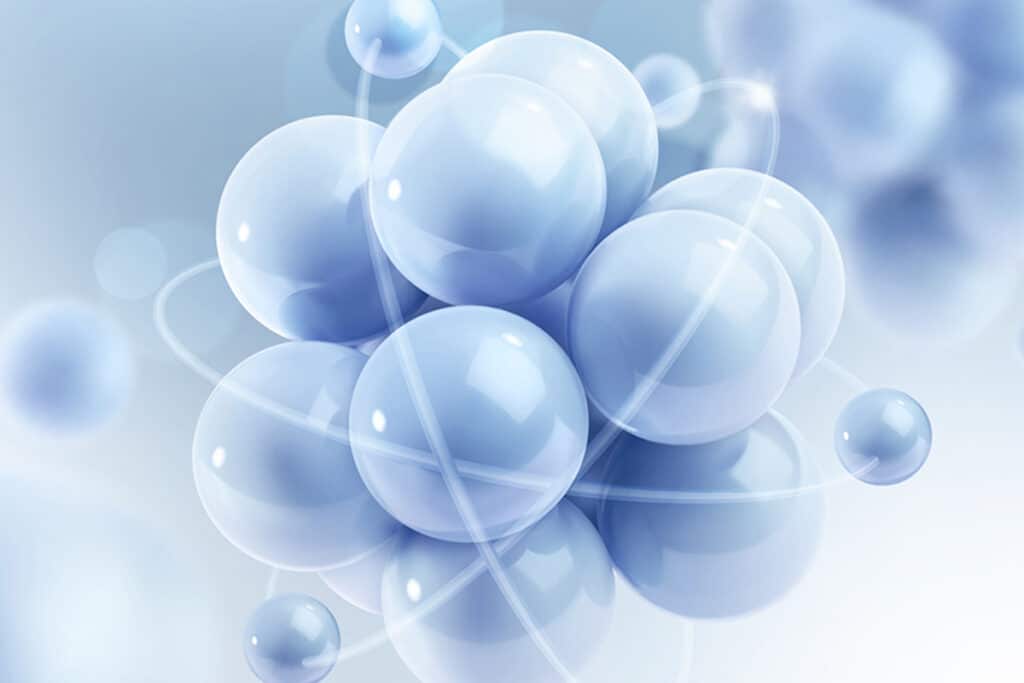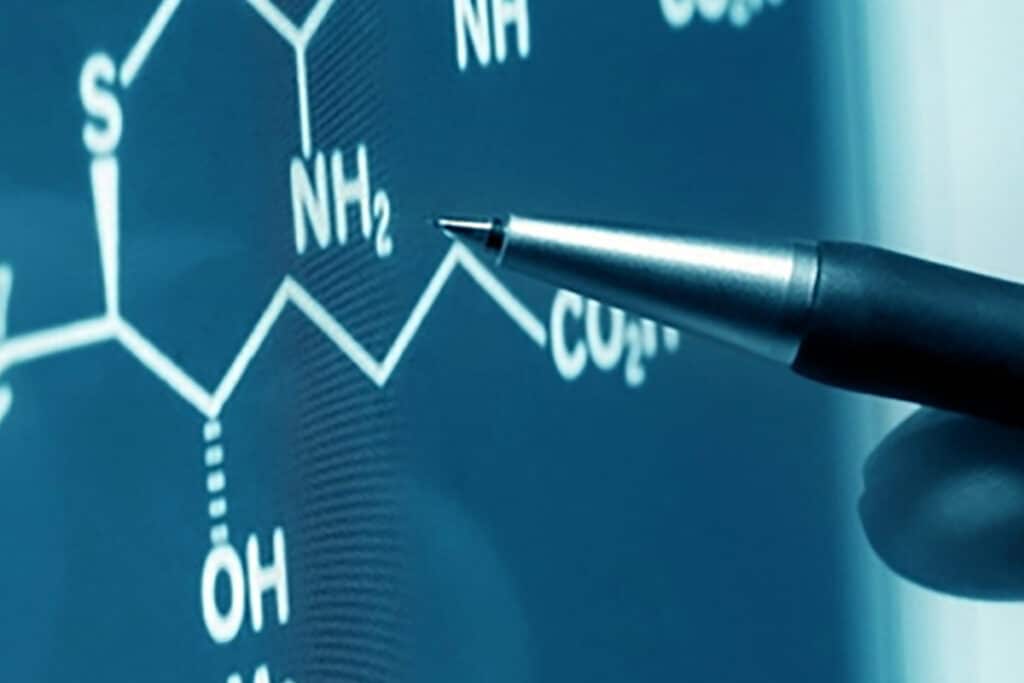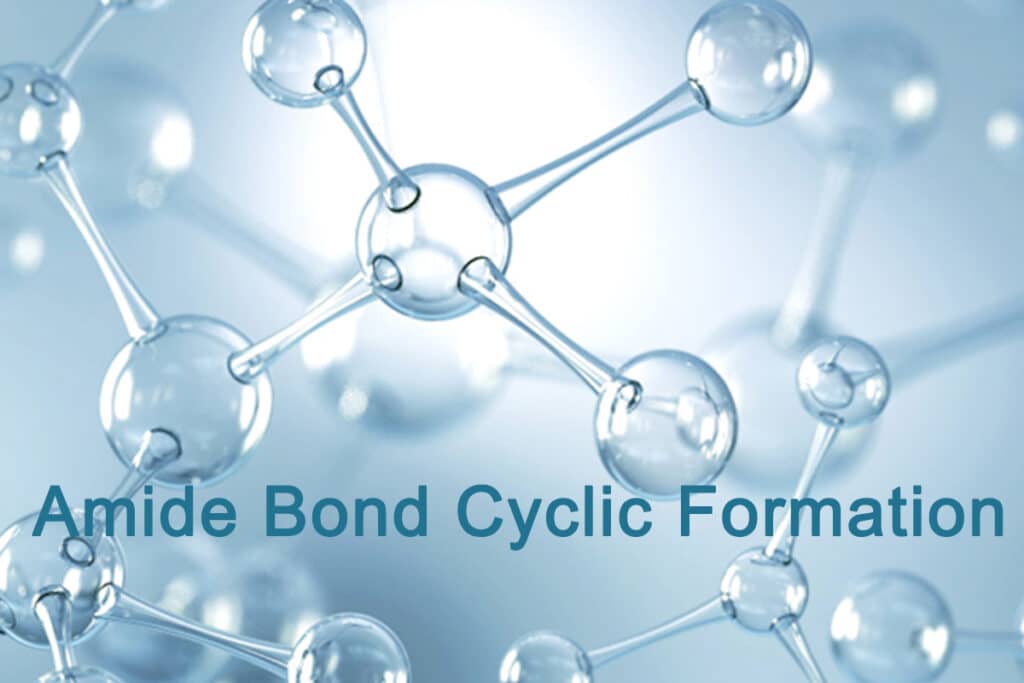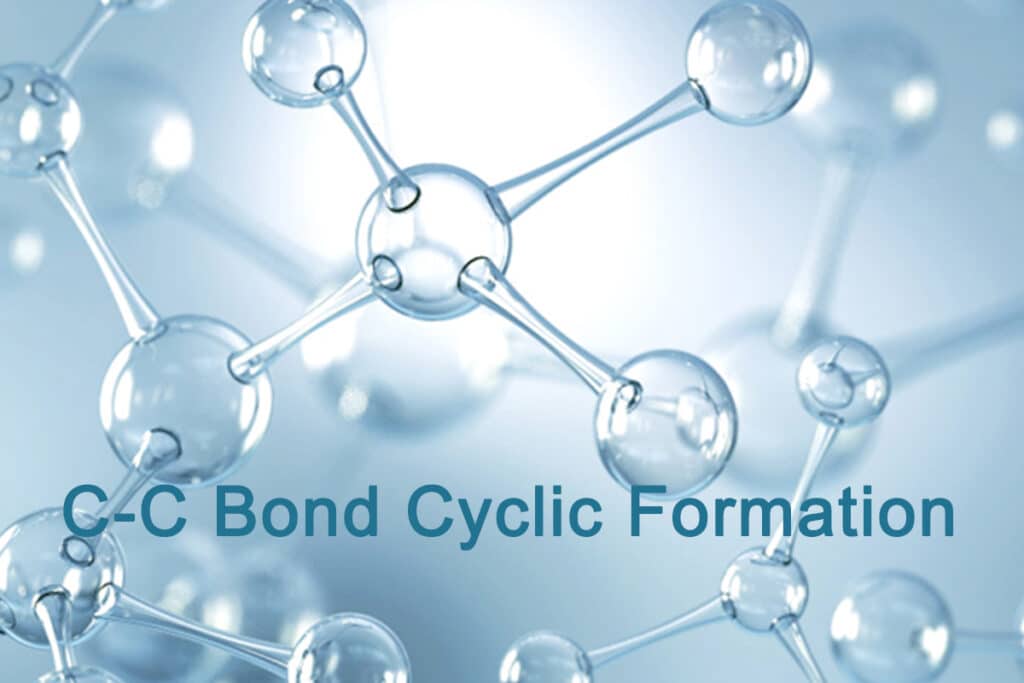Peptide Blog
Professional Blog & Publication in peptide synthesis
Peptide information
Professional Peptide Blog
Synthesis of Multi Antigenic Peptides
Synthesis of Multi Antigenic Peptides Introduction Multiple antigen peptides (MAPs) are a kind of polymeric peptide macromolecules bearing radial branches. It is a highly effective method for producing high-titer anti-peptide antibodies and synthetic peptide vaccines. MAP is essentially composed of three structural elements: (1) an amino acid, like glycine or f-alanine, that is…
Antigenic Peptides Design
Antigenic Peptides Design Introduction Antigenic peptides are synthesized via short amino acid sequences derived from carefully selected native target proteins. They can be used as immunogens to produce custom antibodies and are a popular option for using full-length proteins as immunogens. Their application has grown significantly in recent years. Advantages of Using…
Chemical Synthesis of Unnatural Amino Acids
Chemical Synthesis of Unnatural Amino Acids Introduction Unnatural amino acids (UAAs) not exist in natural polypeptide chains, so they are considered non-proteinogenic amino acids. They are an important component in the manufacture of many drugs and expand the range of protein functions via integrating them into proteins. Based on its structure may…
RGD Peptide
RGD Peptide Introduction RGD peptide is a synthetic peptide with the sequence GRGDSPK, which binds to integrins (receptor family of extracellular matrix proteins), thereby playing an important role in cell adhesion, migration, growth and differentiation. The RGD-sequence was originally discovered as the minimal binding epitope of fibronectin for cell attachment and…
Stapled Peptides for Drug Improvement
Stapled Peptides for Drug Improvement Introduction Stapled peptides are the new technology to bypass the intrinsic problem of peptide-drugs, this new strategy will increase the cellular uptake. Stapled peptides is consisting of peptide chains with α-helical structure by the external brace. The cross-link is achieved by the linkage of side chains…
Optimize Peptoid Synthesis
Optimize Peptoid Synthesis Introduction Peptoids (N-substituted glycines) are the peptidomimetic molecules for different applications. The automated solid-phase synthesis is the most common approach for selected synthetic peptoids, QYAOBIO can synthesize polypeptoids with various modifications for selected synthetic targets. Meanwhile, we also apply new solution-phase synthesis to overcome the limitations in…
Chemo Enzymatic Peptide Synthesis
Chemo Enzymatic Peptide Synthesis Introduction Chemo enzymatic peptide synthesis (CEPS) is a cutting-edge technology with unique versatile engineered enzymes. It is difficult to synthesize long and complex peptides by traditional SPPS (Solid Phase Peptide Synthesis). Moreover, the chain length increases will result in high impurity levels. Furthermore, peptide recombinant expression,…
Lipopeptides and Lipoglycopeptides
Lipopeptides and Lipoglycopeptides Introduction Lipopeptides and lipoglycopeptides are antibiotic classes with activity against gram-positive bacteria on the bacteria cell wall. Lipopeptides can create the ion-conducting channel, then cause potassium efflux and membrane depolarization, and disrupt the cell membrane finally. In order to inhibit protein synthesis and eventuate bacterial cell death…
Amide Bond Formation in Cyclization
Amide Bond Formation in Cyclization Traditional Amide Cyclization Many naturally active peptides are cyclized head-to-tail, these peptides are more resistant to hydrolysis since the absence of N- and C-terminus. Traditional coupling chemistry is used to cyclize the liner peptide precursor by amide bond formation. However, conventional head-to-tail amide formation is…
C-C Bond Cyclic Peptide Formation
C-C Bond Cyclic Peptide Formation C-C Single Bond Formation Traditional Cross Coupling Cross coupling corm the new carbon-carbon bond by transition metal catalysis. In most reactions, the transition metal like Pd inserts into a carbon-halide bond, then the subsequent trans-metallation of an organo-metallic compound induces two organic fragments bound to…
Call Us
+86(021)-50795728
+86(027)-60707970
